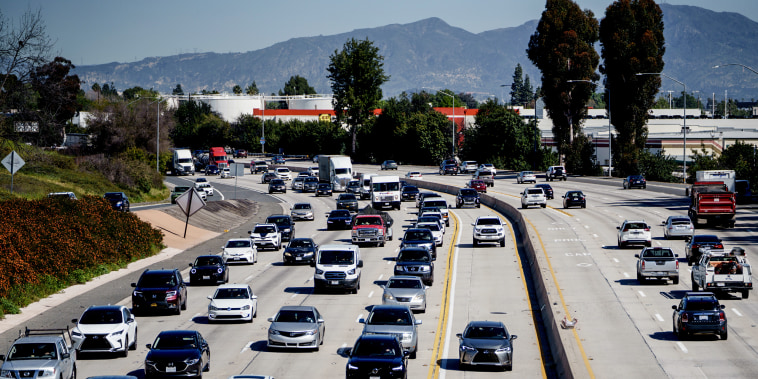In recent years, the rising cost of auto insurance has been a significant factor contributing to inflation in the economy. The consistent increase in auto insurance prices has put a strain on consumers, affecting their overall expenditure and purchasing power. This phenomenon has sparked debates and discussions among economists, policymakers, and industry experts alike, seeking to understand the root causes and potential solutions to this escalating issue.
One of the primary factors driving the surge in auto insurance prices is the increasing frequency and severity of car accidents. With more vehicles on the road and a higher prevalence of distracted driving, the number of accidents has been on the rise. As a result, insurance companies are facing greater payouts for claims, leading them to adjust their pricing models to manage their financial risks. This adjustment often translates to higher premiums for policyholders, further burdening consumers who rely on their vehicles for daily transportation.
Another contributing factor to the escalating cost of auto insurance is the rising costs of medical care and vehicle repairs. In the event of an accident, insurance companies are required to cover the expenses associated with the injuries sustained by the parties involved and the damages to the vehicles. As healthcare and repair costs continue to climb, insurance companies are forced to raise their premiums to cover these escalating expenses adequately. This, in turn, adds to the financial strain experienced by policyholders, who are already grappling with the high costs of owning and maintaining a vehicle.
Furthermore, external factors such as natural disasters and climate change have also played a role in driving up auto insurance prices. With the increasing frequency of severe weather events like hurricanes, floods, and wildfires, insurance companies have incurred substantial losses from the surge in claims related to weather-related damages. To mitigate their risks and offset these losses, insurance companies have adjusted their pricing strategies, passing on the additional costs to consumers in the form of higher premiums.
The evolving landscape of technology and data analytics has also had an impact on auto insurance prices. Insurers are now leveraging advanced telematics and artificial intelligence tools to assess risk more accurately and tailor premiums based on individual driving behaviors. While this data-driven approach has the potential to benefit safe drivers with lower premiums, it has also raised concerns about privacy and potential discrimination in pricing based on personal data and driving habits.
In response to the challenges posed by the escalating cost of auto insurance, policymakers and industry stakeholders have been exploring various strategies to address the issue. Some advocate for regulatory reforms to enhance transparency and accountability in the insurance industry, ensuring that premium adjustments are justified and reasonable. Others propose initiatives to promote safer driving practices and mitigate the risks of accidents, thereby reducing the frequency of claims and the associated insurance costs.
Despite the complex and multi-faceted nature of the factors driving the inflation of auto insurance prices, it is evident that this issue requires a concerted effort from all stakeholders to find sustainable solutions. By addressing the root causes and collaborating on innovative approaches, policymakers, insurers, and consumers can work together to alleviate the financial burden imposed by the rising cost of auto insurance and foster a more resilient and equitable insurance market for all.

